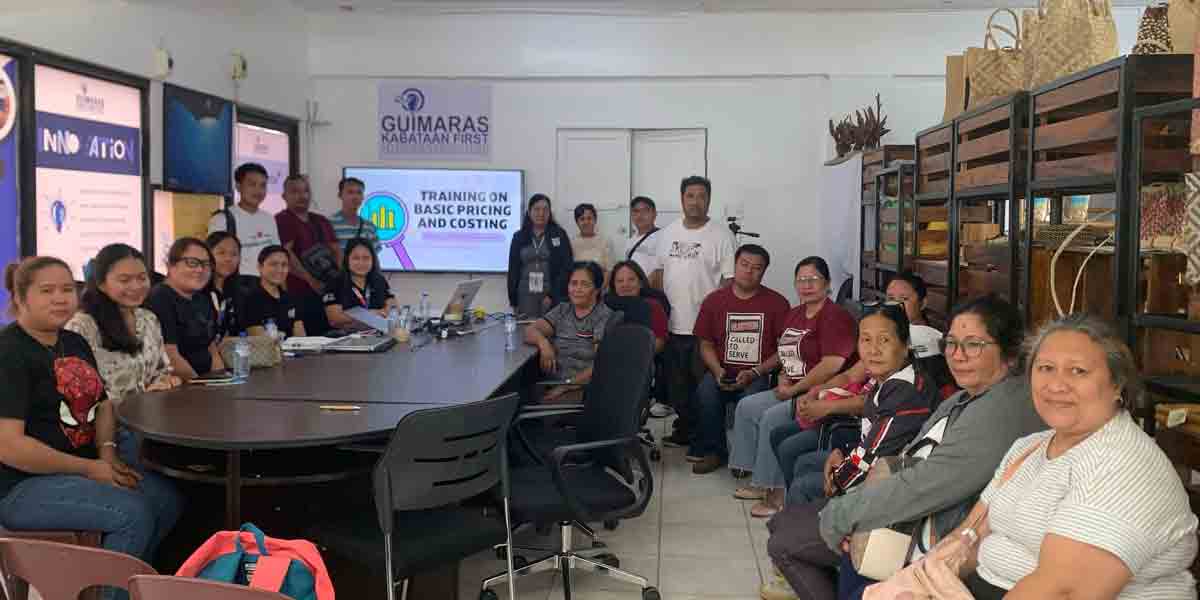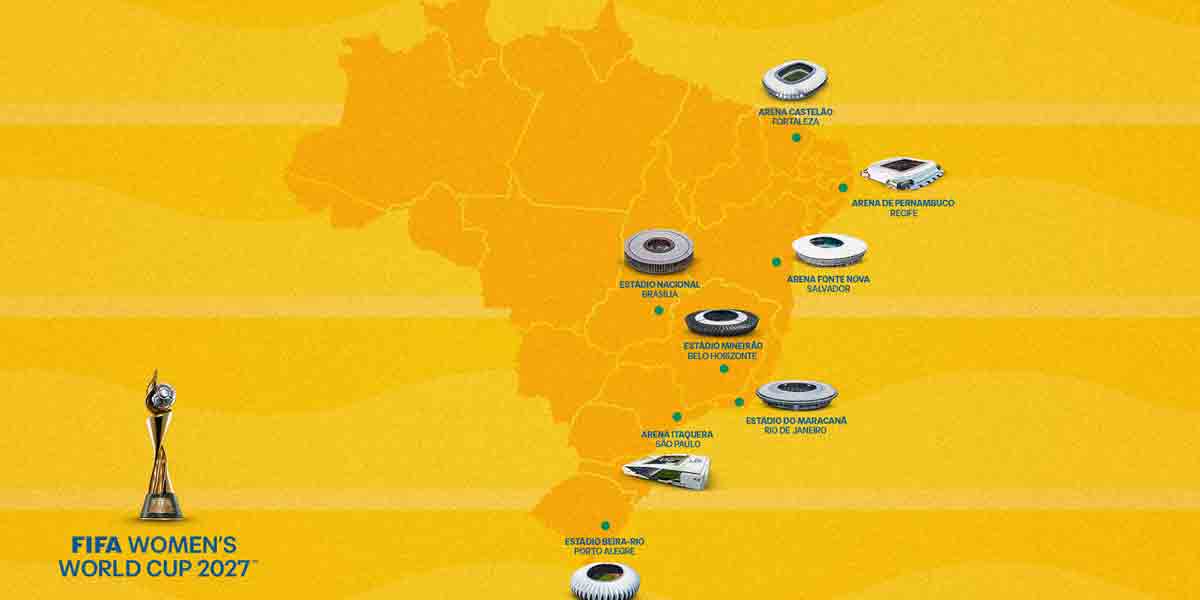
By Joseph Bernard A. Marzan
Fisherfolk leaders on Friday, January 17, said the recent Supreme Court resolution, which declared three key provisions of Republic Act No. 8550 (Fisheries Code of the Philippines) unconstitutional, will threaten social and natural lives in their communities.
Leo Logronio and Carlito Moncal, presidents of the Fisherfolks Association of Tinigban (FAT) in Carles, Iloilo, and Tabunacan Fisherfolks in Miagao, Iloilo, spoke to Daily Guardian on Air about the situation in their municipal waters.
Logronio, who has been fishing since childhood, said they are already affected by big fisheries encroaching on their waters.
“Truthfully, it’s not new to us that there have been encroachments. It’s sad that when smaller fishers go out to fish, we pass by the bigger boats closer to the coast, and we are out there in the seas. It’s like a cat-and-mouse game, we’re going out to larger waters and they’re there where we’re supposed to be. We go out because they get what’s supposed to be our catch. It’s so unfair and unbalanced,” Logronio said.
Logronio pointed out that the Supreme Court’s resolution in the case of Mercidar Fishing Corporation vs. Bureau of Fisheries and Aquatic Resources and Department of Agriculture affects not only their livelihood in fishing areas but also their stewardship over a 64-hectare Marine Protected Area (MPA) at Barangay Tinigban in Calagnaan Island, Carles town
“We believe that the MPA has a significant contribution to the seas. We’re not the only ones benefiting from that, but also the whole town of Carles, and the whole Philippines, even,” he said.
Moncal shared a similar experience in the Kirayan coastal areas of Miagao, where bigger fishing boats have been ignoring the 15-meter boundary, where municipal fisherfolk are supposed to have priority.
He also pointed out that with their more advanced equipment, bigger fishing boats can catch at night, leaving nothing for smaller fishing boats in the morning.
“There’s a big capitalist fishing boat along Kirayan, and we smaller fishers are very affected by their entry. We say 15 kilometers, but they still slip in, taking over our waters. In the nighttime, they have lighting equipment, and when they turn that off, they can get a bigger catch, and the untrapped fish go somewhere else, and when we catch in the morning, we no longer get any because there aren’t any fish anymore,” Moncal narrated.
He said that there are now fewer fisherfolk in Miagao, with more fish products now coming in from neighboring Antique province and other parts.
Moncal also said that the resolution, if effective, would add more big fishing boats in the area, ultimately affecting their community’s source of living.
“When it’s big fishing boats of Miagao, they’re just very few, but in the evening, if there would be between 15 to 20 [big fishing boats] standing by, there would be a huge effect [on us],” he stated.
Dr. Alice Joan Ferrer, Executive Director of Too Big To Ignore (TBTI) and Vice Chancellor for Academic Affairs of the University of the Philippines Visayas, emphasized the importance of small-scale fishers to communities near the coasts and their neighboring communities.
She pointed to studies indicating small-scale fisherfolks’ catch as an important source of food for communities within several kilometers of radius from the sea and fishes being an important source of proteins and minerals for humans who consume them.
Ferrer highlighted that small-scale fisherfolk’s catch hits three important goals for society on the ends of food security, nutrition security, and a source of livelihood for other stakeholders.
“What many know is that they only catch fish. But where do those fish go? Those are for their families, their food, and food of their communities. […] The fish caught by small[-scale] fisherfolk are a source of livelihood for foot vendors and of processors, so they are also very important for livelihood,” Ferrer said.
“Many want bigger fish more, but [better] nutrition is in the smaller fishes. There’s different [forms of] nutrition from the tail, the middle, and the head, but for smaller fishes, you’re able to finish it from the head [to the tail],” she added.
She said that small-scale fisherfolks being prioritized over municipal waters is important not only for the people but also for the fishes.
Municipal waters, she stated, serve as nurseries for fingerlings, particularly in key fisheries habitats including mangroves, sea grass beds, and coral reefs.
Ferrer also said that the potential impact of the Supreme Court’s resolution is shedding light on the importance of small-scale fishers within the greater general public.
“What is happening here is that there are many sectors, many groups who are gathering, who are affected. Many don’t understand what municipal waters are, what small-scale fishers are and how important they are, but with the ongoing conversations and information going out, people are seeing the importance,” she said.
TBTI, officially known as the National Consortium for Small-Scale Fisheries Research and Development in the Philippines, held a roundtable discussion in September and a symposium on small-scale fisheries last October.
These efforts have led to two major outcomes on their end—their consensus to fully implement the recent amendments to R.A. 8550 and to oppose the entry of bigger fishers in municipal waters.
















